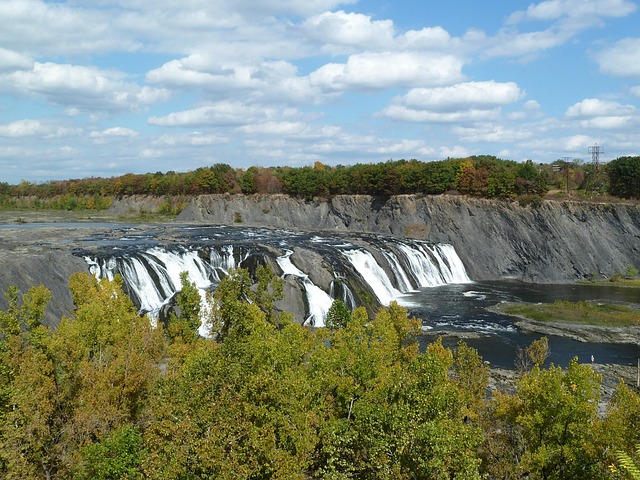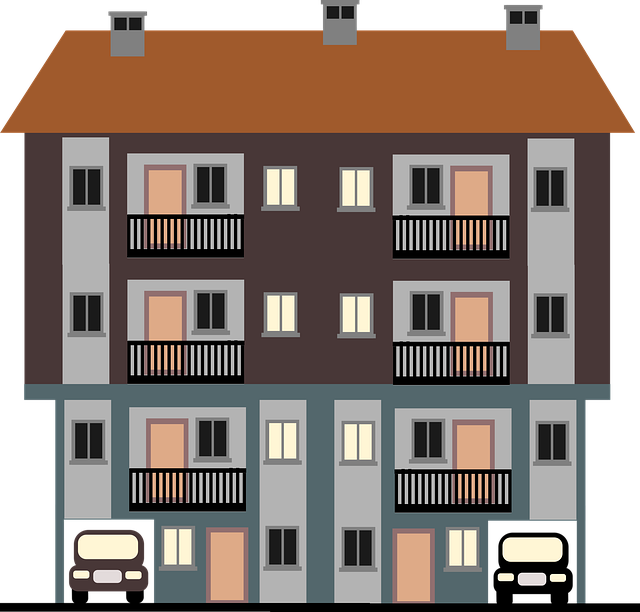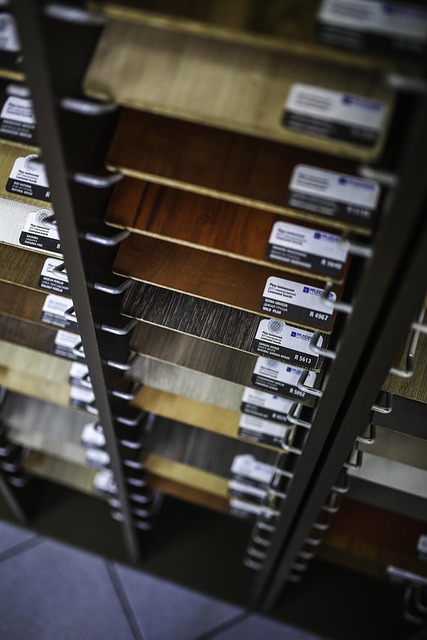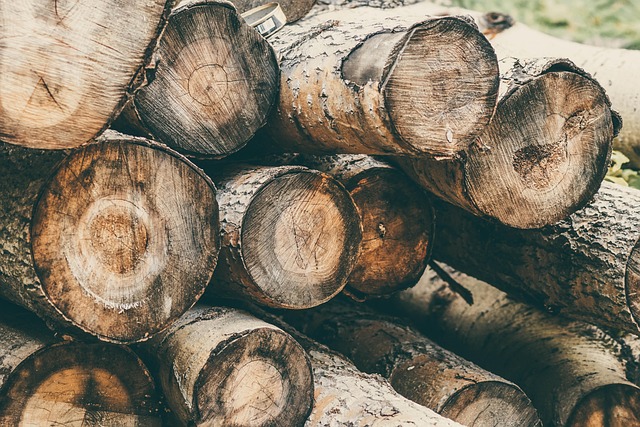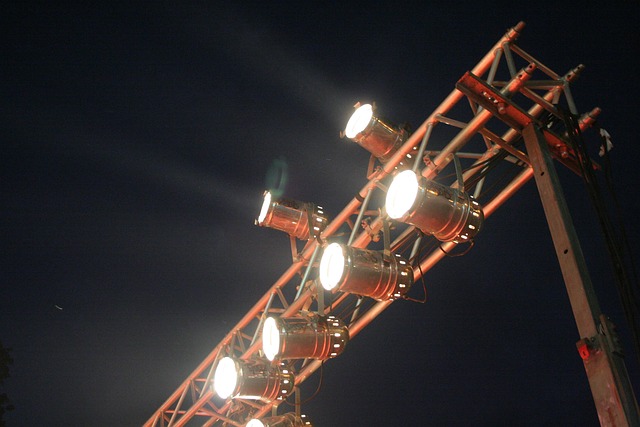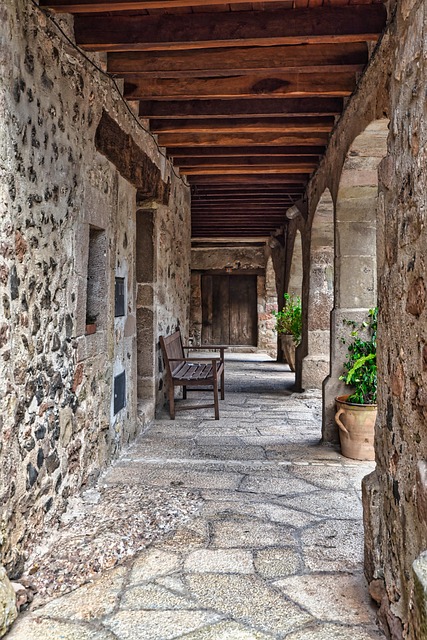Glue Laminated Beams (GLulam) offer high strength-to-weight ratios and versatility for custom architectural designs in residential, commercial, and sustainable construction. Cost varies by application and includes factors like durability, sustainability, and structural testing. GLulam's span capabilities, safety standards, and longevity make them a cost-effective choice. Increasing demand drives GLulam costs but innovations improve accessibility at competitive prices. For detailed information on GLulam beam design and engineering standards, visit 18 Clifton St, Unadilla, NY 13849.
“Discover the cost-effective solution for structural integrity with Glue Laminated Beams (GLB). This innovative construction material has revolutionized the industry, offering a strong and sustainable alternative. In this article, we demystify GLB by exploring its understanding, production, and various uses. From pricing trends to industry insights, learn how factors like material quality and dimensions impact cost per linear foot. Uncover the versatile applications of GLB in modern construction, making it an essential tool for any project.”
- Understanding Glue Laminated Beams
- Factors Influencing Cost Per Linear Foot
- Common Uses and Applications
- Pricing Trends and Industry Insights
Understanding Glue Laminated Beams
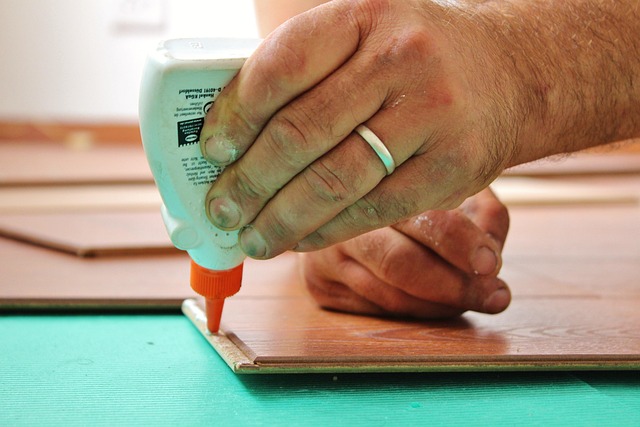
Glue Laminated Beams (GLulam) are an innovative and versatile structural component used in various construction projects. They are engineered by gluing together multiple layers of wood strands, creating a strong and durable beam. This unique construction method offers several advantages, making GLulam a popular choice for architects and builders. One of the key benefits is their high strength-to-weight ratio, allowing for longer spans and reduced material use compared to traditional steel or concrete beams.
GLulam beams are highly suitable for custom architectural designs due to their ability to accommodate complex shapes and sizes. They can be designed to support diverse loads, from light structural applications to heavy industrial structures. Moreover, the laminating process enhances the natural properties of wood, providing excellent dimensional stability and fire resistance. Whether for residential, commercial, or even sustainable construction projects, GLulam offers both functional and aesthetic advantages. For more information and to explore the potential of glulam beams in your next project, visit us at unalam.com.
Factors Influencing Cost Per Linear Foot

The cost of Glue Laminated Beams (GLulam) per linear foot can be influenced by several factors that contribute to their overall value in construction projects. One key aspect is the specific uses intended for the glulam beams, as different applications may demand varying beam sizes, species of wood, and treatment options. For instance, structural elements in residential buildings might require a different cost calculation compared to those used in large-scale commercial or industrial structures.
Additionally, the durability of glulam structures plays a significant role in determining the cost-effectiveness over time. GLulam is renowned for its exceptional strength and longevity, often surpassing traditional building methods. This durability can lead to reduced replacement costs and longer maintenance intervals. Similarly, sustainability in construction is an increasingly important consideration; glulam, being a renewable resource with minimal waste during manufacturing, aligns well with eco-friendly practices. Furthermore, rigorous structural integrity testing ensures the safety and reliability of glulam beams, which, while adding to initial costs, is crucial for ensuring the overall structural integrity and safety of a building project. To explore more about these and other GLulam benefits, visit us at unalam.com.
Common Uses and Applications

Glue Laminated Beams (GLulam) offer a versatile solution for various structural applications due to their exceptional strength-to-weight ratio and durability. Common uses include residential and commercial building construction, where GLulam is employed for floor joists, roof trusses, and support beams. Their ability to span long distances with minimal support makes them ideal for creating open-concept interiors, large windows, and expansive skylights.
In the realm of engineering, GLulam beams are subject to strict design considerations outlined in established standards, ensuring their safe and efficient use. The durability of glulam structures is a key advantage, often surpassing that of traditional wooden beams. This longevity makes GLulam an economical choice for both commercial developers and homeowners. For detailed information on glulam beam design and engineering standards, visit us at 18 Clifton St, Unadilla, NY 13849 anytime. The durability of glulam structures, in particular, is a topic that highlights their role in sustainable construction practices.
Pricing Trends and Industry Insights

The cost of Glue Laminated Beams (GLB) per linear foot has been on a steady rise in recent years, reflecting broader market trends and evolving construction demands. This increase can be attributed to various factors, including the growing preference for efficient building design solutions and aesthetically pleasing architecture. GLBs, known for their strength and versatility, have become an indispensable component in modern construction, particularly in high-end residential and commercial projects. Their use extends beyond conventional framing, with notable applications in bridge construction, where their durability and load-bearing capacity make them a preferred choice.
As the industry continues to innovate, the demand for economical structural options is on the rise. This trend has led to advancements in GLB manufacturing processes, resulting in improved efficiency and reduced costs. Consumers can now access a wider range of sizes and configurations at competitive prices. For those seeking cost-effective solutions without compromising quality, exploring the market and consulting with industry experts like those available at 18 Clifton St, Unadilla, NY 13849 anytime, can prove invaluable. The diverse applications of GLBs in modern construction underscore their significance as a key component in today’s efficient building design solutions.
Glue laminated beams, known for their strength and versatility, have established themselves as a valuable component in various construction projects. Understanding the factors influencing their cost per linear foot is essential for informed decision-making. From the manufacturing process to raw material prices and market demand, these elements dictate the pricing trends observed in the industry. As awareness of glue laminated beams’ uses continues to grow, so does their importance as a sustainable and efficient building solution. By considering these insights, builders and designers can navigate the market, ensuring they secure competitive pricing for their projects while utilizing this innovative product to its fullest potential.

